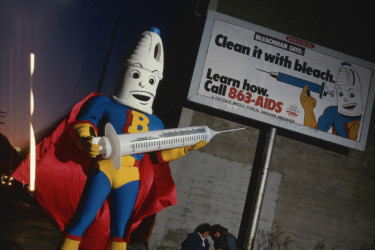Collection
Drugs, Law Enforcement, and Immigration in the 1980s
The Reagan administration changed the direction of federal policy and federal spending, away from the social safety net and civil rights policies of the New Deal Order and toward the deregulation of business and the expansion of the military and law enforcement. This collection centers on an article for Made By History that looks at the intersection of IMMIGRATION policy, LAW ENFORCEMENT, and the War on DRUGS. The other articles in the collection explore other ways these themes shaped the 1980s and intersected in other eras, from the 1880s to the present.






